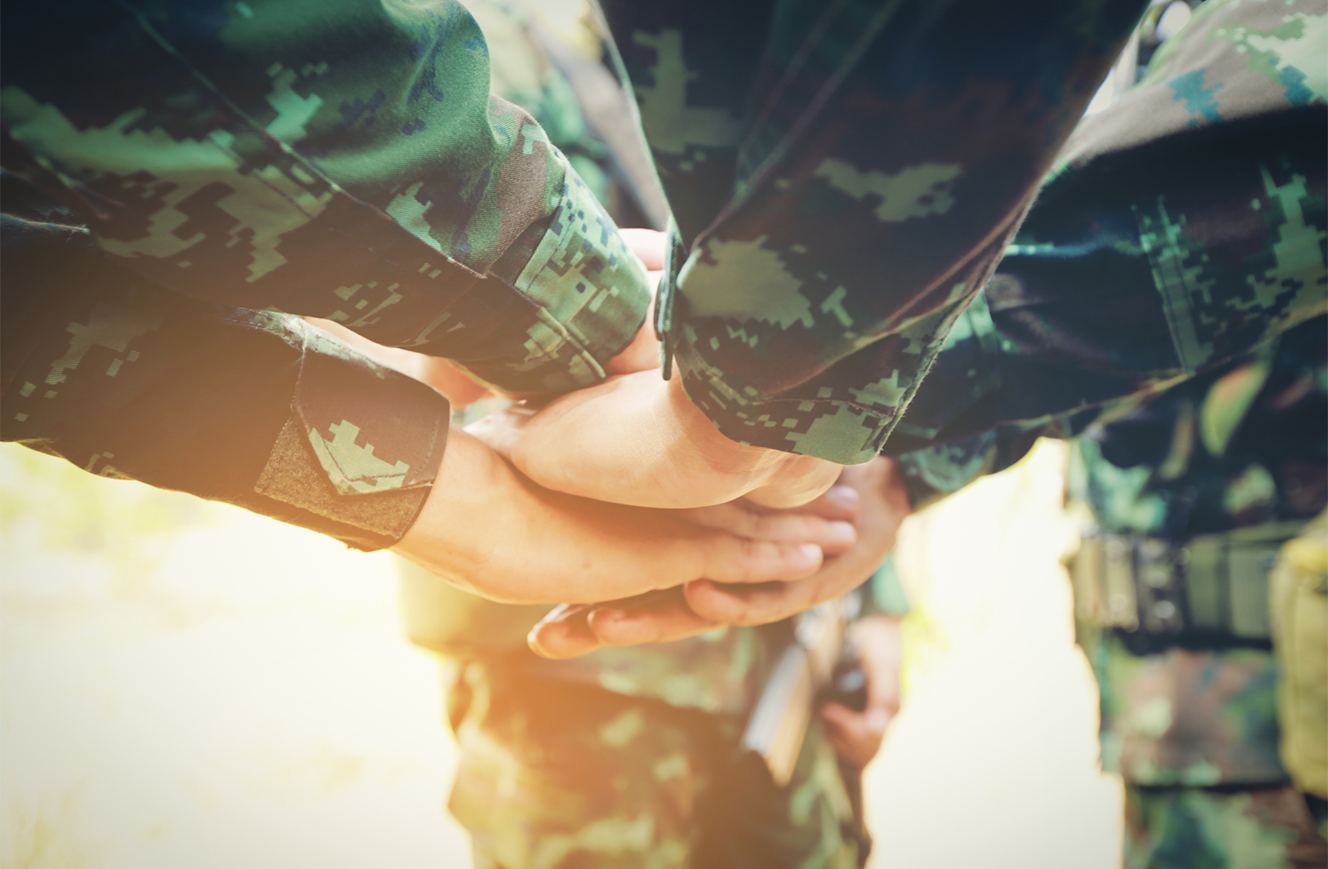Author(s): Evelyn Welling; Antonio Aguirre
|
Collaborative munitions development among US, NATO, and defence treaty allies is essential to ensure that allied militaries maintain a technological advantage and are equipped with interoperable weapons to fight alongside allies in multilateral conflict. Munitions effectiveness data and model exchange is key to this end. Effectiveness data can feed downstream analyses and inform critical decision making [1] to accelerate the research and development of future munitions and reduce the time and resource cost involved in the performance evaluation of existing munitions [2]. As alliance members may develop related technologies at different paces, collaborative Modelling and Simulation (M&S) tools can narrow associated gaps by reducing duplication of effort and the cost of munitions research and development.
Citation:
ABSTRACT
The United States, NATO, and defence treaty allies share critical objectives to rebuild munitions stockpiles, expand munition interchangeability, and identify future weapons improvements necessary for technological overmatch. The successful accomplishment of these objectives requires increased quantities of artillery munitions effectiveness data to measure and maximize munitions effectiveness. Ideally, all artillery munition development would be backed by a coupling between high-fidelity digital twins executed and validated against physical field testing; this is time, resource, and cost prohibitive. This paper presents a novel Monte Carlo munition effectiveness modelling methodology backed by integrated datasets from physics-based modelling, thereby minimizing computational runtime while maintaining result integrity. The model is a collection of lightweight C++ modules that allow for rapid parametric analysis of advanced weapon-target lethality inputs across the system design and employment space to output realistic effectiveness data for existing and conceptual weapon systems. Model outputs provide robust and inexpensive assessments of munitions against an extensive array of targets under a variety of tactical and environmental conditions in current and anticipated combat theatres. Optimized for fiscal, operational, and engineering aspects, munitions effectiveness data is further applied to inform acquisition decisions and accelerate munitions research and development. This optimized munition effectiveness evaluation method recognizes the heightened need for the US, NATO, and defence treaty allies to possess adaptable munition effectiveness models to facilitate collaborative advancement and improved interchangeability of artillery weapons systems.




